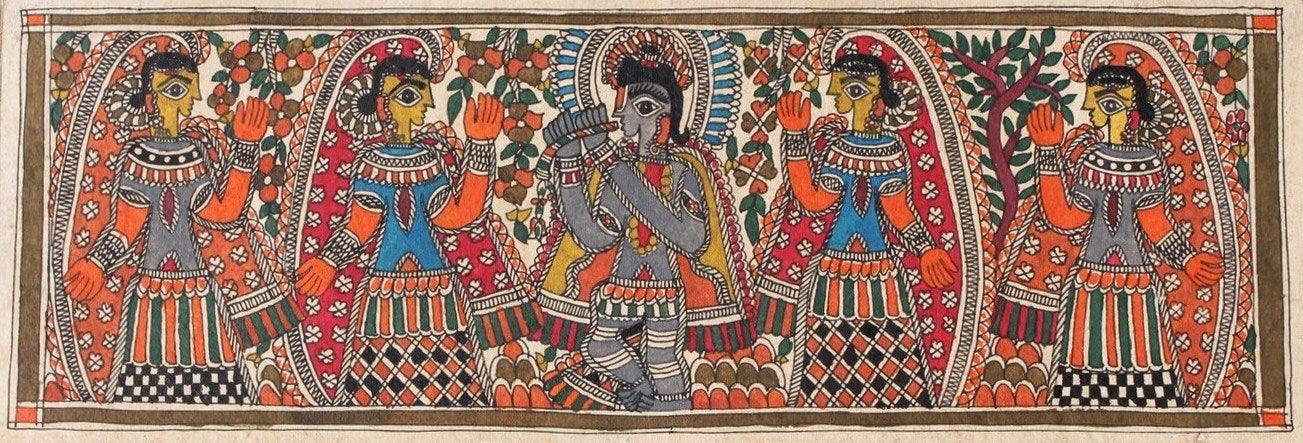Bihar Day (Bihar Dibas) is observed every year on March 22, marking the formation of the state of Bihar. It was on this day when the British carved out the state from Bengal in 1912. The Day is a public holiday in Bihar.
Bihar Day was started and celebrated on large scale by the Bihar Government in the tenure of Nitish Kumar. Apart from India, it is celebrated in countries including the United States, Germany, Britain, Scotland, Australia, Canada, Bahrain, Qatar, United Arab Emirates, Trinidad and Tobago and Mauritius.
विहार हो गया बिहार
बिहार नाम का प्रादुर्भाव संभवत: बौद्ध विहारों के विहार शब्द से हुआ है जिसे विहार के स्थान पर इसके विकृत रूप बिहार से संबोधित किया जाता है। यह क्षेत्र गंगा नदी तथा उसकी सहायक नदियों के उपजाऊ मैदानों में बसा है।
कभी कहा जाता था मगध
बिहार को मगध के नाम से भी जाना जाता था। वहीं, बिहार की राजधानी पटना का पहला नाम पाटलिपुत्र है। बिहार के उत्तर में नेपाल, पूर्व में पश्चिम बंगाल, पश्चिम में उत्तर प्रदेश और दक्षिण में झारखण्ड स्थित है।
एक समय बिहार शिक्षा का सर्वप्रमुख केन्द्रों में गिना गया
शिक्षा एक समय बिहार शिक्षा के सर्वप्रमुख केन्द्रों में गिना जाता था। नालंदा विश्वविद्यालय, विक्रमशिला विश्वविद्यालय और ओदंतपुरी विश्वविद्यालय प्राचीन बिहार के गौरवशाली अध्ययन केंद्र थे। प्रशासनिक व्यवस्था प्रशासनिक सुविधा के लिए बिहार राज्य को 9 प्रमंडल तथा 38 मंडल (जिला) में बांटा गया है। जिलों को क्रमश: 101 अनुमंडलों, 534 प्रखंडों, 8,406 पंचायतों, 45,103 गांवों में बांटा गया है।
लोकप्रिय व्यंजन है लिट्टी-चोखा
बिहार की पहचान उसके खास ज़ायकों से भी है। नालंदा जैसी ऐतिहासिक शिक्षण व्यवस्था के चलते दुनिया भर में पहचान बनाने वाले बिहार प्रदेश में ऐसे कई लज़ीज व्यंजन हैं, जो स्वाद के मुरीदों का दिल जीतने का दम रखते हैं। बिहारी स्वाद का मजा लेना है तो आप सिर्फ भारत में ही नहीं विदेशों में फेमस हुई लिट्टी-चोखा का मजा जरूर लें।
About Bihar
Bihar happens to be the third-largest state of India by population and twelfth-largest by territory, with an area of 94,163 km2 (36,357 sq mi). It is contiguous with Uttar Pradesh to its west, Nepal to the north, the northern part of West Bengal to the east, and Jharkhand to the south. The Bihar plain is split by the river Ganges, which flows from west to east. Three main cultural regions converge in the state: Magadh, Mithila, and Bhojpur. Bihar is also the world's third-most populous sub-national entity.
On 15 November 2000, southern Bihar was ceded to form the new state of Jharkhand. Only 11.3% of the population of Bihar lives in urban areas, which is the lowest in India after Himachal Pradesh. Additionally, almost 58% of Biharis are below the age of 25, giving Bihar the highest proportion of young people of any Indian state. The official languages are Hindi and Urdu, although other languages are common, including Maithili, Magahi, Bhojpuri and other Bihari languages.
Center of Power, Learning and Culture
In ancient and classical India, the area that is now Bihar was considered a centre of power, learning, and culture. From Magadha arose India's first empire, the Maurya empire, as well as one of the world's most widely adhered-to religions: Buddhism. Magadha empires, notably under the Maurya and Gupta dynasties, unified large parts of South Asia under central rule. Another region of Bihar is Mithila which was an early centre of learning and the centre of the Videha kingdom.
Notify us about your very institutional commemoration of Bihar Day 2021 furthering and empowering the Bihari Identity at editor@rethinkindia.in or whatsAPP at 9910050957.




